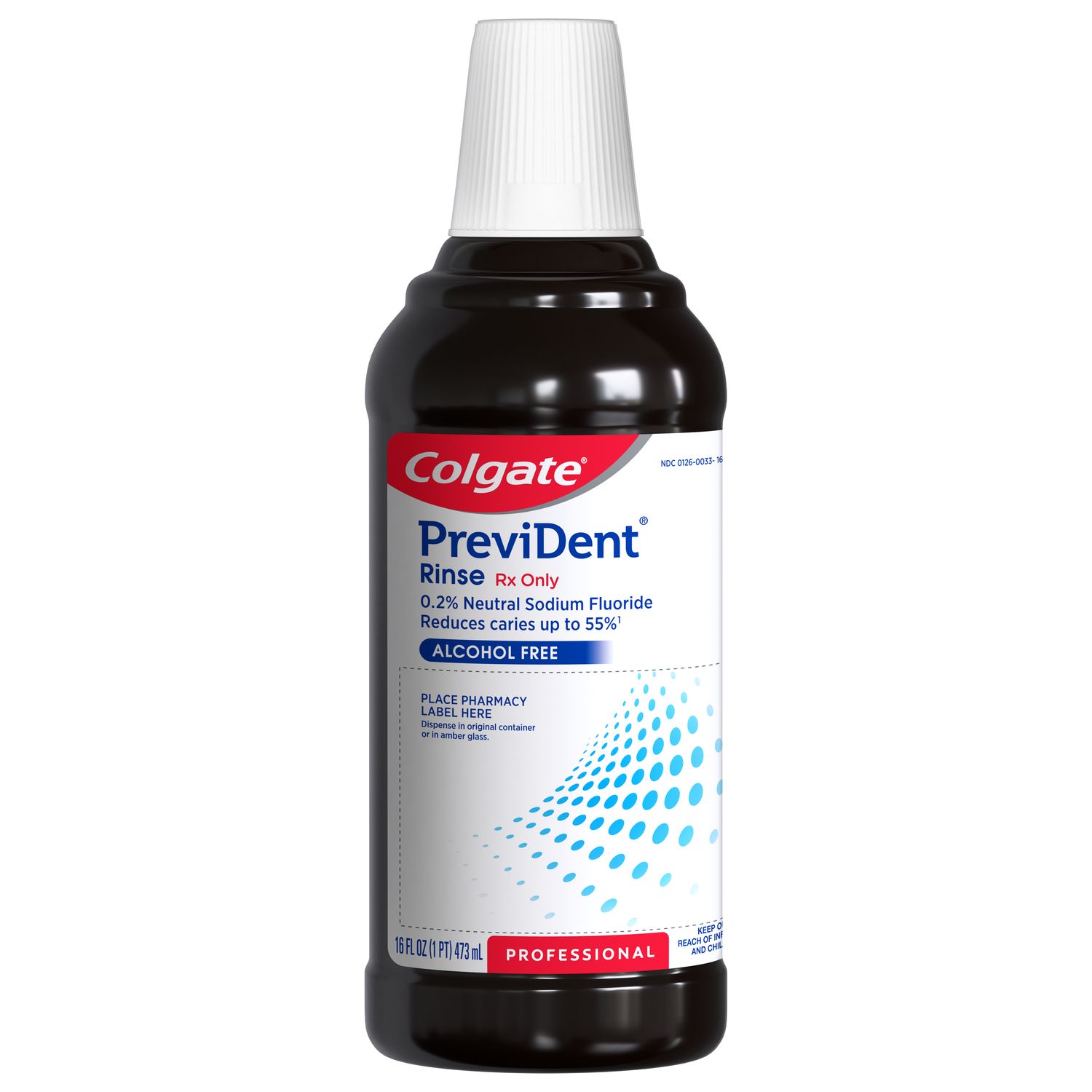Strep Throat
Strep throat is a bacterial infection that can cause red spots to form on the roof of your mouth. It mostly affects children, but adults can get strep throat, too. It’s important to treat this condition because it can lead to kidney inflammation or rheumatic fever.
Other symptoms of strep throat may include:
- Painful swallowing
- Inflamed or swollen tonsils (sometimes dotted with white pus-filled spots)
- Swollen neck glands
- Fever
- Headaches
- Aching muscles
- Rash
- Nausea or vomiting
- And stomach pain
Strep throat is contagious and can be spread through airborne droplets from coughing or sneezing. According to the Mayo Clinic, it can circulate any time of year but is more common in the winter and spring months. If you or your child has strep throat, an antibiotic will be prescribed to treat the infection. Over-the-counter products may be used for pain relief.
Canker Sores
Most people have had a canker sore at some point in their lives, and while these sores are more common on the inside of the cheeks or lips, they can occur on the roof of the mouth, too. The sores normally start as small, red bumps and often develop a white or yellow center with a red border.
Many things can cause canker sores, including:
- Viral infection
- Stress
- Hormonal fluctuations
- Food allergies
- Vitamin or mineral deficiencies
- Or mouth injury
Canker sores usually go away on their own in about one to two weeks. You’ll probably want to avoid hot, spicy, and acidic foods that can irritate your sores and opt for softer, gentler foods instead. Over-the-counter treatments like topical anesthetics and antimicrobial mouth rinses are great for providing pain relief while you wait for them to go away. If your normal mouth rinse is painful on your sores, ask your dental professional for recommendations that are more gentle and soothing.
Oral Thrush (Oral Candidiasis)
Oral thrush is a fungal overgrowth that can cause red bumps and white patches inside the mouth. Treatment includes addressing the health condition that caused it as well as the use of antifungal medication. The Mayo Clinic says you have an increased risk of oral thrush infection if you have:
- Diabetes
- Weakened immunity
- Wearing dentures or having conditions that cause dry mouth can increase the risk of oral thrush.
- And if you take certain medications like prednisone, inhaled corticosteroids, or antibiotics that disturb the natural balance of microorganisms in your body, you also have a higher risk.
According to the Centers for Disease Control (CDC), oral thrush is the most common fungal infection there is, and other symptoms you may experience in addition to red spots may include:
- Cottonmouth
- Loss of taste
- Pain when eating or swallowing
- And cracking and redness at the corners of your mouth.
Hand Foot and Mouth Disease (Coxsackievirus)
The Centers for Disease Control (CDC) states that hand, foot, and mouth disease can cause red spots in the roof of the mouth that can develop into painful blisters. This disease usually affects infants and children younger than 5 years old. Other symptoms may include:
- High temperature
- Sore throat
- Not eating and drinking, or drinking only cool fluids
- Drooling
- And feeling ill
Your child’s dental or health professional may be able to diagnose your child based on their age, symptoms, and how the sores look. They may also collect samples of tissue or feces and will send them to a lab to confirm the diagnosis.
There is no treatment for this disease as it tends to go away on its own within a week to a week and a half. Still, over-the-counter medications for fever and pain can be helpful, as well as special medicated mouthwashes to help alleviate the discomfort associated with the oral sores until they go away. The CDC does recommend some preventative measures you can take:
- Frequently wash your hands.
- Help your child wash their hands.
- Discourage your child from touching their nose, mouth, and eyes.
- Disinfect your child's toys and common surfaces.
- Keep your child at home if they are sick.
- And don't allow close contact with children who have this disease until they've recovered.
If you or your child have red spots on the roof of your mouth, we hope this information helps you narrow down potential causes so you can have an informed discussion with your dental professional about diagnosis and treatment. Whichever condition it is that you may have, we wish you the very best in getting your oral health back to a condition that will make you smile.
This article is intended to promote understanding of and knowledge about general oral health topics. It is not intended to be a substitute for professional advice, diagnosis or treatment. Always seek the advice of your dentist or other qualified healthcare provider with any questions you may have regarding a medical condition or treatment.
ORAL HEALTH QUIZ
What's behind your smile?
Take our Oral Health assessment to get the most from your oral care routine
ORAL HEALTH QUIZ
What's behind your smile?
Take our Oral Health assessment to get the most from your oral care routine















